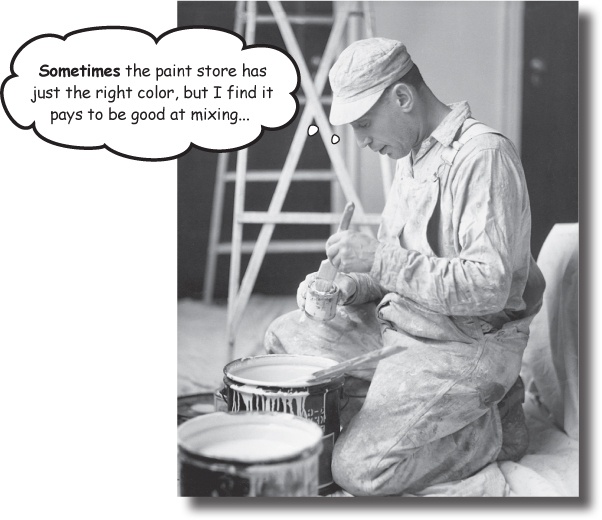Chapter 10. Comparable and Enumerable: Ready-Made Mixes

Youâve seen that mixins can be useful. But you havenât seen their full power yet. The Ruby core library includes two mixins that will blow your mind. The first, Comparable, is used for comparing objects. Youâve used operators like <, >, and == on numbers and strings, but Comparable will let you use them on your classes.
The second mixin, Enumerable, is used for working with collections. Remember those super-useful find_all, reject, and map methods that you used on arrays before? Those came from Enumerable. But thatâs a tiny fraction of what Enumerable can do. And again, you can mix it into your classes. Read on to see how!
Mixins built into Ruby
Now that you know how modules work, letâs take a look at some useful modules that are included with the Ruby language...
Remember comparing numbers using <, >, and == in the guessing game in Chapter 1? You may recall that comparison operators are actually methods in Ruby.
All the numeric classes need comparison operators, so the creators of Ruby could have just added them to the Numeric class, which is a superclass of Fixnum, Float, and all the other numeric classes in Ruby.
But the String class needs comparison operators, too. And it doesnât seem wise to make String a subclass of Numeric. For one thing, String would inherit a bunch of methods like abs (which gives the absolute ...
Get Head First Ruby now with the O’Reilly learning platform.
O’Reilly members experience books, live events, courses curated by job role, and more from O’Reilly and nearly 200 top publishers.

